Willie Park Jr. was one of golf’s first true Renaissance men – two-time Open champion, golf equipment maker, golf writer and one of the world’s best golf course architects. Born in Musselburgh, Scotland, near Edinburgh, Willie was the son of his famous father – also a member of the World Golf Hall of Fame – who won the Open Championship four times. Willie Park Sr. also ran a very successful golf equipment business that his son later expanded.
In fact, given the depth of their activities within the game, it may be said that the Park family of Willie Park Sr. and Willie Park Jr., along with Willie Park Sr.’s brother Mungo – who won the Open Championship in 1870 – was a legitimate rival with Old Tom and Young Tom Morris of St Andrews for the title of “first family of golf.”


